St. Gabriel to Mary flies / this is the end of snow & ice
March 25: Annunciation
St. Gabriel to Mary flies
this is the end of snow & iceTraditional Austrian proverb
Hi folks! My name is Kristin - I’m a Pacific Northwest artist, farmer, & mom sharing art and reflections inspired by the sacred & the seasonal, place & past. I explore the agrarian heritage of the liturgical calendar and how our varied homes, landscapes, & lives reflect it.
Subscribe for free to receive reflections once a month. If you’d like to go deeper, delve into all my posts here, and access my library of printables, please consider joining our community of seasonal, liturgical living!
The Pacific Northwest spring tends to be a time of hopeful hand-wringing - squinting at the weather for some sort of discernable pattern that can grant us the confidence to break ground. It’s that time of year when the spring bulbs might very well be blanketed in snow, and driving the plow for the first time that season feels downright risky. There’s an anxious desire to begin…and a hefty dose of skepticism to temper that. How many years have we flooded after that first plow, after all? And so, we wait - less with expectancy, and more with pure exhaustion from winter - for a sign.
How appropriate, then, that spring and Lent are twin stars.
While Lent prepares the ground before Easter, and Advent, her cousin, prepared ground for Christmas, the flavor of Lent has a vivid desperation in it. We’re waiting for miraculous Easter, but that means that we’re also anticipating the hardship and suffering of Holy Week. This is, after all, our condition…our lives are a winding journey from the mystery of birth to the mystery of death & resurrection. For all our doubts and uncertainties, we know one thing - transitioning out of this life isn’t pretty. We still want the consummation of all this suffering, though; we want the cruciform mystery to come full circle in our own stories. We long to be grafted, but we know that it’s painful.
It’s a lot like childbirth, really; getting to the moment of welcoming a fresh life earthside requires an unbelievable trial. A labor, in every sense of the word. And although Lent walks us through Jesus’ ministry in his adult years (the calendar has moved from the infant story of Christ), the season of Lent intersects Advent in the moment of the Annunciation, placed near the Spring Equinox.
Celebrated on the fixed date of March 25, the Solemnity of the Annunciation bears witness to the Blessed Virgin Mary’s encounter with the Archangel Gabriel - the moment when she said her fiat, accepting the beautiful, painful duty of bearing the son of God into the world.1
Being placed within the context of Lent allows the Annunciation to encompass the arch of Jesus in one potent day - the alpha and the omega, birth and death and resurrection, all culminate in this single vernal breath of conception. Anchored to the Spring Equinox, the Annunciation points across the year to Christ’s birth, celebrated near the Winter Solstice.
So, we find ourselves here in Lent - celebrating the announcement of the incarnation, just as we enter into His suffering and death.2 Churches are bereft of decoration, crosses and crucifixes are covered in grief - and still, we affirm with Gabriel: “Do not be afraid, Mary, for you have found favor with God.”3
Then best confess how much our God we owe,
Unable to repay the least. This air
Laden with grateful scents; these rolling fields
With sweetest grasses grown; this harmony
Of birds; this landscape fair; the rising day
All life with light and warmth invigorating;
Each flower of tender hue; each slender blade;
All do proclaim His hand, and call to praise.John Hillhouse, excerpt from The Annunciation
Art + Resources
Prints
Prints of my watercolor Annunciation Wreath are available in my Etsy shop! These are printed locally here in the PNW, and they feature animals & plants symbolic of the holiday:
Annunciation Lily is often used in paintings of the Annunciation - a messenger token from Gabriel to Mary.
Calendula (called Marigold, or Mary’s Gold, in Medieval texts) tends to be in bloom at almost every Marian feast and was used to decorate churches for the Annunciation.
Lady’s Smock blooms around “Ladyetide” and is associated with the Annunciation. The flowers are thought to look like little smocks hung out to dry.
Swallows symbolize the incarnation of Christ (it was once thought that they hibernated during the winter, so their appearance in spring looked like a rebirth), so they’re often featured in paintings of the Annunciation.
Printables
I love looking at the historical & cultural context of these holidays, but the most important part is asking myself how I can incorporate them into my own time and place - how does my neck of the woods speak to the beauty of the Annunciation? What’s in bloom, what local food is growing? This allows us to really explore the incarnational poetry of the liturgical calendar.
To help you in celebrating the Annunciation in your own special place, I made a fill-in sheet with a few illustrations and prompts to get your wheels turning. Think of it as a space to plan for yourself, your family, and/or your community, or look at it as a diary of how the day went…it’s up to you! (I even included a spot to mark the moon phase, since Paschal holidays are based on both solar & lunar timing - it’s all in the details, folks).


If you’ve been following along for a few months, I’ve been creating calendar pages inspired by a Medieval Book of Hours - the Huth Hours (painted by Simon Marmion ca. 1480). The calendar pages of the Huth Hours feature miniature scenes representing the “labors of the month”: farming tasks that defined the major work of that particular month. I’ve adapted that idea to focus-in on one particular feast for the month, letting it guide the design of the calendar page.
March’s calendar features Annunciation symbolism:
Iris, also called Sword Iris because of the shape of its leaves, has been symbolic of Mary’s sorrows. It often replaces lilies in annunciation paintings.
Madonna Lily is frequently used in paintings of the Annunciation - a messenger token from Gabriel to Mary.
Almond blossoms are symbolic of divine favor4 and emblematic of Mary
Violets were said to have blossomed when Mary said her fiat.
Swallows symbolize the incarnation of Christ (it was once thought that they hibernated during the winter, so their appearance in spring looked like a rebirth), so they’re often featured in paintings of the Annunciation.
Poetry
a Spirit sang
hovering
over the formless womb
of the waiting world.
[…]
Friend & writer/poet S.E. Reid has provided us with a beautiful poem for the Annunciation - available as a PDF, so you can print it to keep & enjoy for years to come.
Paid subscribers, please hop over to the Scriptorium to download & print your goodies:
Equinox Annunciation
Day & Night, Alpha & Omega
“For [Christ] is believed to have been conceived on the 25th of March, upon which day also he suffered; so the womb of the Virgin, in which he was conceived, where no one of mortals was begotten, corresponds to the new grave in which he was buried, wherein was never man laid, neither before him nor since.”
St. Augustine, De Trinitate IV.5
In a time when the Annunciation isn’t celebrated as universally within the Church as it once was, it may feel somewhat disjointed to stumble upon this joyful feast - celebrating the conception of Jesus - during the penitential season of Lent.5
This timing, though, is part of a revelatory harmony within the Christian calendar. When we step back to see it in the context of the rest of the liturgical year - and also in the context of the natural, astronomical seasons - the theology embedded in this system of sacred time begins to absolutely bloom.
The Vernal Equinox - that springtime moment when day & night are of equal length, a day so important to our agrarian ancestors - has long been a foundational pivot point in our faith tradition, too, though its impact is now obscured behind a shroud of time & modernity.

Ancient Judaism held a belief that prophets died on the same day they were born; a lifespan emblematic of fulfillment & completion.6 In the feast of the Annunciation, we see this theology of wholeness brought forth in the traditional belief that Jesus’ death occurred on March 25 - the same day as his conception.
Mary’s fiat was a joyful paradox: her acceptance housed both beauty and pain in one moment; keeping time with the Spring Equinox, this paradox of life & death uniting on a single date echoes through the springtime balance of day & night. (It’s important to note that before the Gregorian calendar reform, the Spring Equinox was set on March 25, not on March 21 as it occurs today).
At once a Son is promised her, and gone;
Gabriell gives Christ to her, He her to John;
Not fully a mother, She's in orbity;
At once receiver and the legacy.John Donne, excerpt from “Upon the Annunciation and Passion Falling upon One Day”
We see this in the lyrical art & architectural phenomenon of the lily crucifix: portrayals of Christ crucified on a verdant lily. His death literally hanging upon the symbol of his conception.
Once in a blue moon, when Good Friday falls on the Annunciation, this dynamic - the traditional belief in Christ’s conception and death both occurring on the same date - is made ritually present to us. All these other years, though, it remains an unspoken spiritual prompt embedded into the calendar.

And this same fortuitous Equinox date of March 25 was also, in Medieval thought, held to be the first day of creation - a theological posture that underscored the poetic, profound unity of “In the beginning, God created the heavens and the earth…” with “In the beginning was the Word…” This incarnational theme - both of Christ’s incarnation and God’s creative impulse - was also marked as the start of the new year by the early church.7
Israel’s liberation from Egypt is traditionally thought to have occurred near the Spring Equinox, too, and the dating of our Easter celebration hinges on the Equinox as well: we look for Easter on the Sunday on or after the first springtime full moon.
When we start to follow all these various threads, we can see that the Spring Equinox was a nexus for our faith ancestors: the springtime balance between day & night, just as the scales are about to tip toward the natural/agricultural season of abundance and growth, became saturated with theology.
It was imbued with Israel’s deliverance from slavery, the breath of creation, Mary’s fiat and the conception of Jesus, and Jesus’ crucifixion - all these concepts wordlessly united in one celebration.
And, if we step back yet again to widen our perspective, the calendar continues to steep us in Christological narrative: while Jesus’ conception is celebrated at the Spring Equinox & his birth at the Winter Solstice, the conception & birth of Christ’s forerunner - John the Baptist - are celebrated at the Fall Equinox & Summer Solstice, respectively.8
These celebrations aren’t isolated moments: they’re part of a greater narrative, woven both within the context of Christian tradition, and within the context of the natural and astronomical seasons. The celebration of the Annunciation became tied to the Spring Equinox with intent: the equinox, a time so significant in our agricultural past, could silently preach the mystery of Christ’s unitive life & death, alongside Mary’s patient acceptance.
Protect & bless the field
O Mary, Mother, we pray to you;
Your life today with fruit was blessed:
Give us the happy promise, too,
That our harvest will be of the best.
If you protect & bless the field,
A hundredfold each grain must yield.Austrian prayer for the Annunciation
That paradoxical Annunciation blending of light with dark, life with death, is really infused into the farm work of March, too. As the Spring Equinox/Lady Day approaches, every decision we make involves a bit of a gamble. The weather predictions look decent enough to let the cattle out of the barn and back onto pasture, only to wind up with springtime snow that melts when the sun comes out, turning everything into a layer of mud. So, we rotate the grazing fields faster than we’d like, and supplement with hay & alfalfa while we wait for fairer weather.
The fields almost seem to be anxiously waiting, too. That abundance of fresh food in the coming summer months begins with action here and now (well…long before, with soil fertility)…that’s the hope, at least!
When fresh veggies in August taste almost like sunshine, it’s hard to remember that a whole lot of cold rain, mud, and uncertainty was part of their spring story. Snowy days mixed with warm sun, blossoms & bulbs peeking out only to be greeted by hail the next day.
Preparing the fields takes a lot of advance work, and a sunny day is deceptive…a break in the wet weather doesn’t dry the fields out enough. If we start turning the ground too early, before the soil can dry out a bit more, the plow cuts huge chunks of dirt that harden into cement-like blocks with no friability9 for the remainder of the whole season.
Here in our river valley, we also have floods to contend with - and though the progression of spring means high water is less likely, it’s still a possibility.10 All it takes is a snowstorm followed by a sudden melt, and the river spreads right into the fields, channels of rushing water carrying soil away. If we were to plow and then get hit by a flood, the fields could be devastated.
Small wonder, then, that so many of the Annunciation prayers hailing from agrarian communities of yesteryear asked for the blessing of fields. The Spring Equinox was a tipping point, both in incarnational theology, and in farm life.
Holy & blessed yearning
The Village Green
For her heart was fill’d with love to the poor,
A holy and blessed yearning,
And she thought she could totter some little way
While the terrible torch was burning.
So they bore her out from the ancient hall,
To a meadow green by the river,
And the wind blew so chill that the very trees
In pain seem’d to moan and shiver.
The Dame gave the word, and the torch was lit,
While her staff she tremblingly clutch’d,
But first with her pallid faded lips,
The crucifix she touch’d.
Then she stagger’d on with a wordless prayer,
And beside her walk’d her confessor,
While the angels of God were looking down
With new-born strength to bless her.
She stagger’d round some acres of ground,
And the torch still burn’d with brightness,
And in the good dame’s inmost soul
Was a feeling of heavenly lightness.
And when at last the torch went out,
And the lady’s task was ended,
A prayer of thanks from her aged lips,
To the throne of God ascended.Thomas Maysmore Matthews, Anguis in Herba, and Other Poems, excerpt from “The Tichborne Dole”
Since the 12th century, the village of Tichborne (in Hampshire, England) has celebrated the Annunciation with a day of charity - the abundance from the fields of the Tichborne family would be distributed to the community’s impoverished. In particular, this meant the donation of bread & flour…staples committed to the community, spurred annually by the Annunciation.
The genesis of this tradition is an odd story: Lady Mabella Tichborne, dying, asked that her husband donate a portion of their land’s produce to the poor every year. Sir Roger resisted - but then presented Lady Mabella with an odd challenge: however much land she could crawl around with a lit torch, until the torch went out, would be the amount of wheat he would annually donate.
Undaunted, Lady Mabella managed to cover 23 acres (a field still called “The Crawls” today) - and she additionally added a curse, saying that if her husband or inheritors ever stopped the annual dole, their family home and name would fall.
“The Dole is held every Lady Day, March 25th. The parish priest carries out the traditional Blessing of the Tichborne Dole before the flour is distributed to the local people – only those families in Tichborne, Cheriton and Lane End are entitled to the dole. They receive one gallon of flour per adult and half a gallon per child.”11
Though discontinued for a short time in the 18th century, the Tichborne Dole was then revived, and still continues on to this day - Lady Mabella’s promise to the poor of her community extending centuries after her death. Isn’t that such a fitting tribute to carry forth on the Annunciation? An ongoing continuity of blessing, prompted every year for a millennium on Lady Day.


Tichborne Dole in our own communities
Forgetful creatures that we are, sacred time - and all of the sundry folk traditions inspired by it - provide us with so many prompts for generosity. I’ve found that interruptions are often the most holy moments: reminders that come from outside of me, asking me to re-orient my days.
So - for those of us outside of Tichborne (probably a safe bet to say that’s almost everyone reading this), I wonder if Lady Mabella’s dedication could still serve as an avenue of giving in our own Annunciation celebrations, wherever we are in the world.
Think of Lady Day as an invitation to explore volunteer options at your local food pantry, or donate bread & flour to the pantry’s collection of staples. Consider gluten-free options, which are usually harder to come by at food banks and therefore more in need.
Bake bread and take it to neighbors - a warm loaf of bread is such a cheerful gift of early spring!
Make waffles and share them with your community! These are traditional Annunciation fare, especially in Scandinavian countries.
Benediction
Be thou then, thou dear
Mother, my atmosphere;
To wend and meet no sin;
Above me, round me lie
Fronting my froward eye
With sweet and scarless sky;
Stir in my ears, speak there
Of God’s love, O live air,
Of patience, penance, prayer:
World-mothering air, air wild,
Wound with thee, in thee isled,
Fold home, fast fold thy child.Gerard Manley Hopkins, excerpt from “The Blessed Virgin Compared to the Air We Breathe”
Our ‘liturgical ladies’ group will be gathering to celebrate the Annunciation later this month, with a sweet & savory waffle buffet (and hopefully decent weather for playing outside!) I’ll be sure to take some pictures to share with you.
In the meantime, I’d love to know - have you celebrated the Annunciation? What traditions do you keep for it?
Wishing you & yours fair winds as you journey toward the Annunciation & Easter!
Pax vobis,
Kristin
If you’d like to make a one-time donation, I have a PayPal Tip Jar - please know that I’m so grateful for your monetary support, which really does help me continue to do this work that I’m so passionate about!
For those who are able to support a monthly or annual paid subscription, I offer occasional new printables, extra posts, and access to my whole library of printables: the Scriptorium. I’m so grateful for your generosity, which helps to support my work through the purchase of additional books for research, art supplies, and more!
For more reflections and perspectives on the liturgical year, please visit Signs + Seasons: a liturgical living guild!
Fiat is Latin for “let it be done”, and it serves as the one-word description given to Mary’s response to Gabriel at the Annunciation: “And Mary said, ‘Behold, I am the servant of the Lord; let it be to me according to your word’” (Luke 1:38 ESV)
If the Annunciation falls during Holy Week, its celebration in liturgical contexts is usually moved to the Monday after the Octave of Easter.
Luke 1:30 ESV
Recall Numbers 17:1-8, when almond blossoms bud from Aaron’s rod
This paradox of timing is something the Church has wrestled with and amended; the Annunciation used to be celebrated during Advent, and the Church of Milan kept its observance during that period even after it was moved to March 25 elsewhere (ca. 6th c. in the East, 7th c. in the West).
This theory is often referred to as the “integral age of the righteous”: “This belief seems to have been widespread in Judaism at the time of Christ, but which, as it is nowhere taught in the Bible, has completely fallen from the awareness of Christians. The idea is that of the “integral age” of the great Jewish prophets: the idea that the prophets of Israel died on the same dates as their birth or conception” (William Tighe “Calculating Christmas”)
Dionysius Exiguus, the monk who reformed the calendar to reflect time-telling in terms of BC & AD, set the start of the new year on March 25. After other calendar reforms and movement of the new year, the English crown adopted the March 25 date for the new year around the 12th century, which lasted in England until the Gregorian calendar was adopted in 1752.
Take a peek at the 4th century anonymous text De solstitiis et aequinoctiis: conceptionis et nativitatis Domini nostri Jesu Christi et Johannis Baptistae for an ancient perspective on this.
Friable soil is easily fragmented.
Natural floods can provide some measure of fertility through sediment deposits, but our river flooding has increased in frequency, severity, and unpredictability ever since development occurred upstream; the “hundred year” floods occur almost annually now, and wash away crucial topsoil.



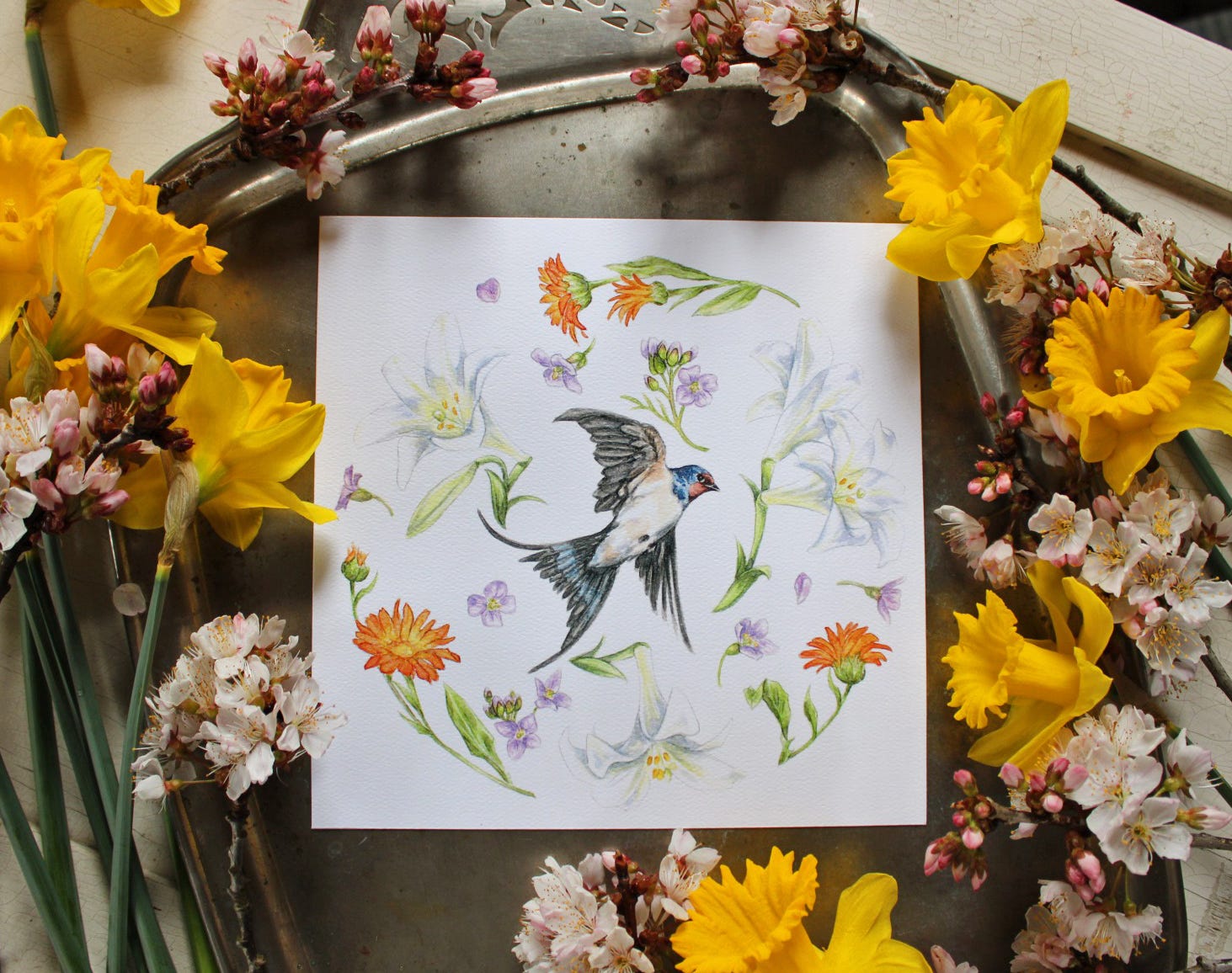




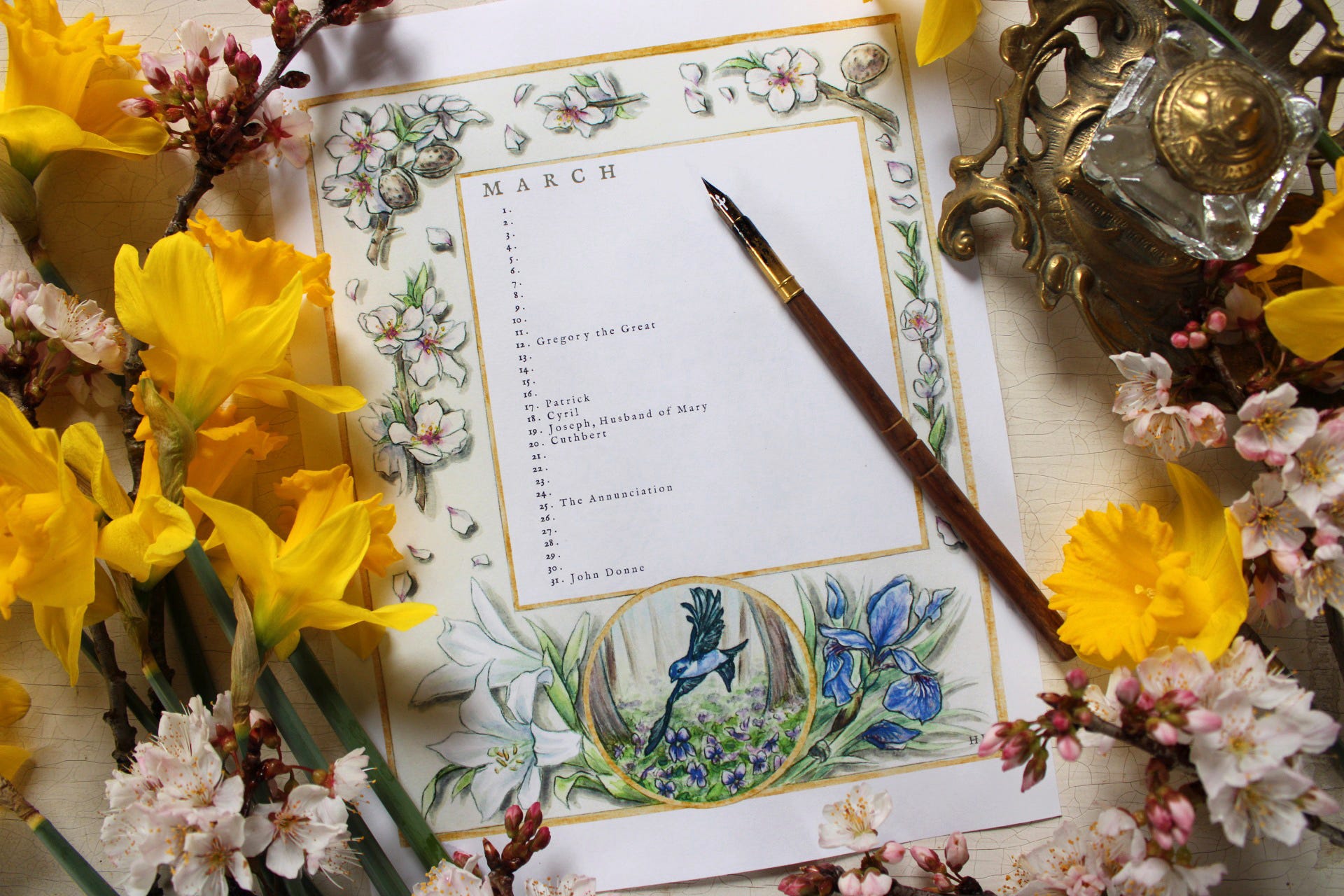




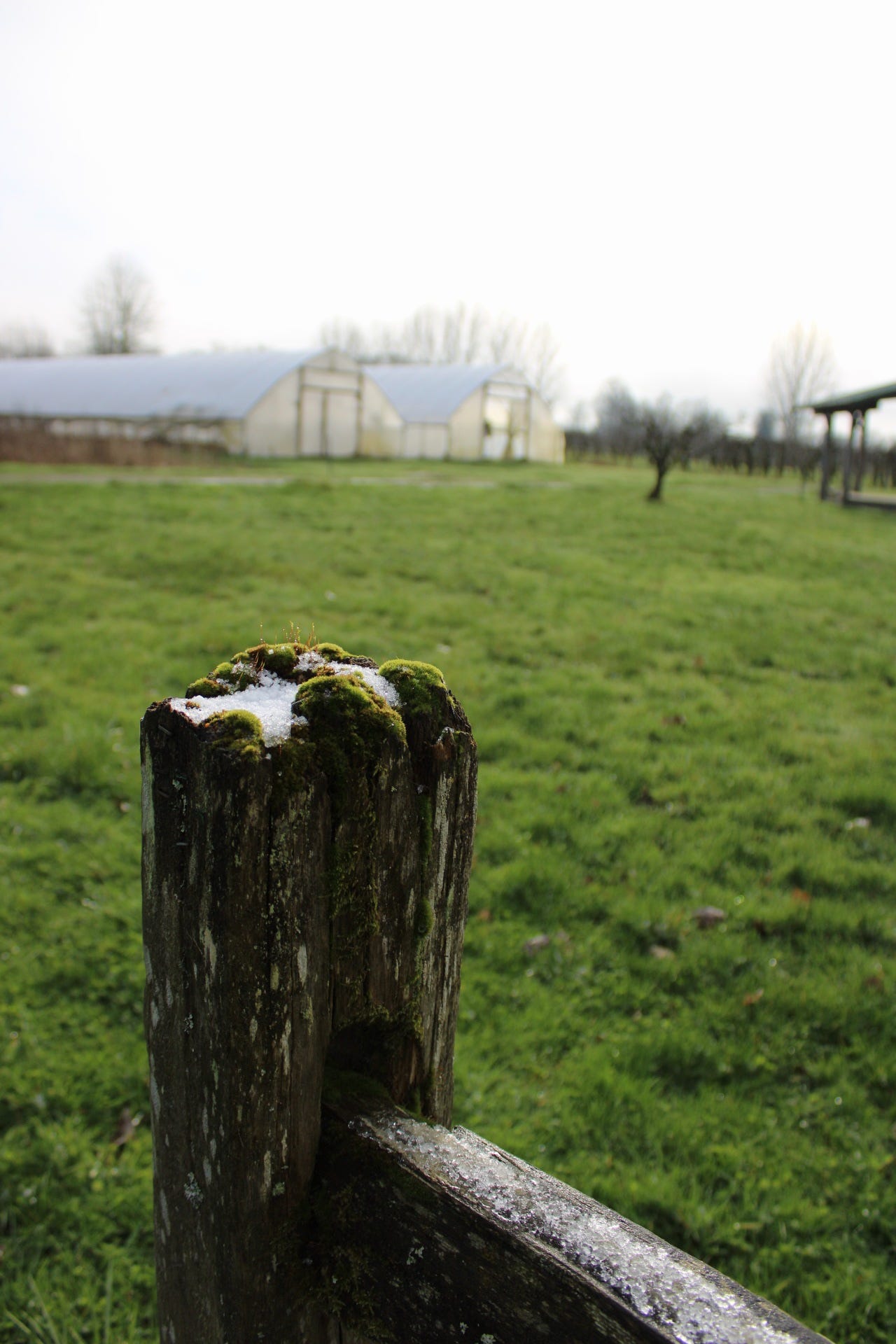
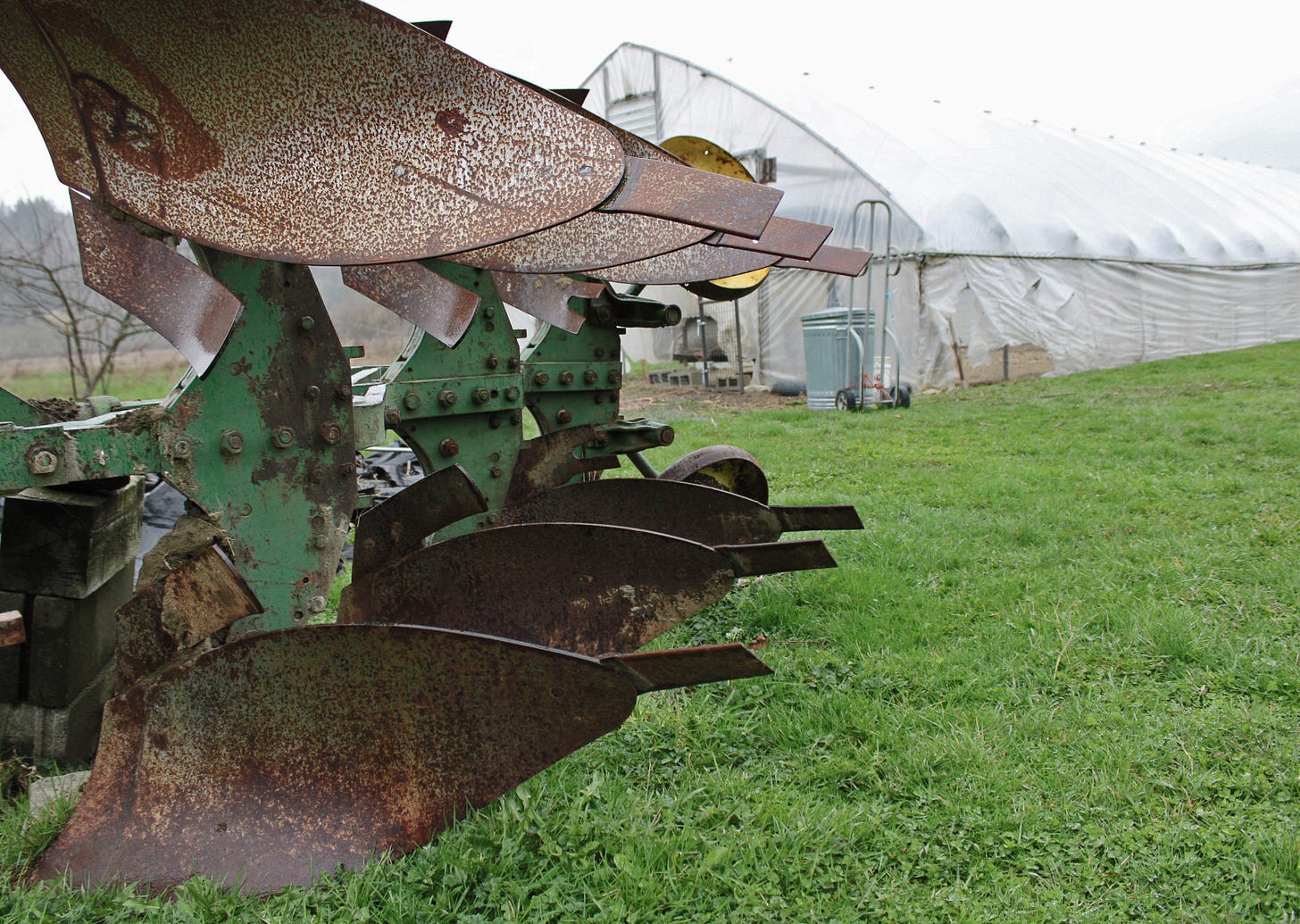

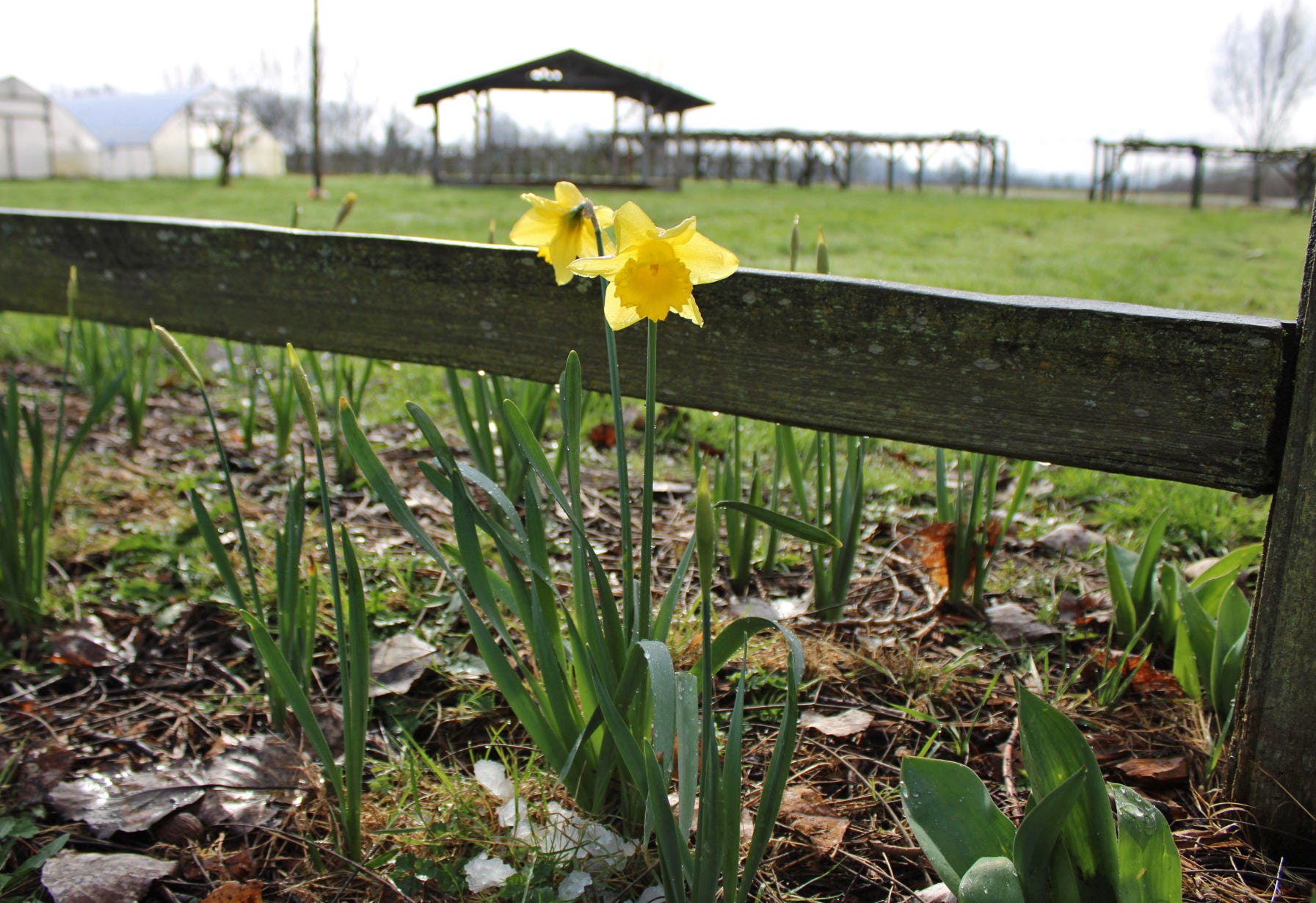
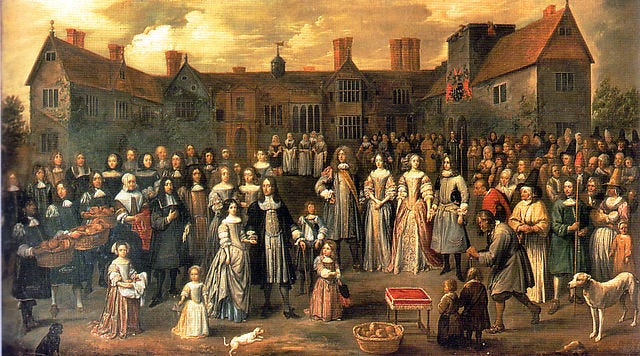


Something totally amazing is happening this year on the translated Solemnity in my hometown... The total solar eclipse!! Yes, when the Spirit overshadowed Mary and God's Son was conceived in her womb, the Moon is going to align with the Sun!! I'm totally stoked and I haven't found anyone else who is 😭 so please celebrate with me, new friend.
Your Substack is amazing!
The amount of research you do for all of these is astounding. Thank you for this gift.